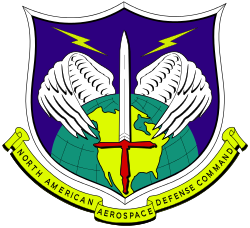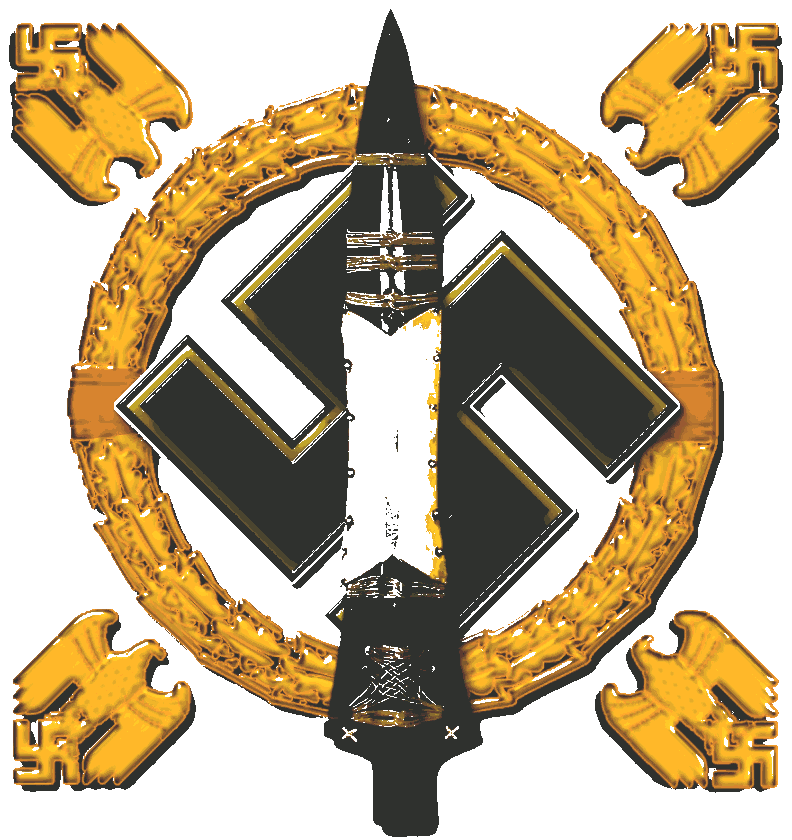
NORAD
LOGO
NORAD's missions have evolved with the changing geostrategic and technological contexts but remain centred around aerospace warning; aerospace control against air-breathing threats, including terrorist use of aviation; and most recently, maritime warning.
The ability to blunt coercive strikes directed against North America would be essential to allow time for diplomacy before retaliatory use of force might be politically necessary for a
U.S.
president.
In September 1945, Igor Gouzenko, a cipher clerk at the Soviet Union’s embassy in Ottawa, defected to Canada with evidence that Soviet espionage had penetrated the U.S. nuclear weapons program as well as Canadian and British defence efforts.
Two events stunned the U.S. defence and intelligence establishments. First was the revelation at the May 1947 Moscow military parade that the Soviets had reverse engineered the American B-29 bomber, the aircraft that had delivered the two atomic bombs on Japan (Gordon 2009, 9-13). The second event, occurred on Aug. 29, 1949, when the Soviet Union detonated its first nuclear weapon, a successful test of a nearly exact copy of the "Fat Man" bomb tested in New Mexico and used against Nagasaki. Most assessments had concluded that a Soviet atomic bomb was not likely before 1951 or even 1953, but Soviet espionage at Los Alamos and elsewhere had delivered the secrets of the Manhattan Project, including the more advanced implosion weapon (Rhodes 1995, 187-198). The Cold War nuclear era had begun.
Today NORAD is located at Peterson Air Force Base in Colorado Springs, Colo., with the alternate command centre in nearby Cheyenne Mountain. Subordinate headquarters are located at bases in Alaska, Winnipeg and Florida, each staffed on a binational basis.
RUSSIA
Under Russian President Vladimir Putin, Russia has articulated a revisionist foreign policy heavily influenced by NATO's expansion, its suppression of Serbia in the 1999 Balkan wars and its support for the anti-Russian “colour revolution” regime change in Ukraine. Russian doctrine thus draws upon its historical memories of invasion as well as its fear of America’s and its allies’ capability to destabilize Russia through precision conventional strikes on its strategic weapons, command-and-control nodes and leadership, and thus their ability to achieve a decisive advantage in any regional conflict in Russia’s neighbourhood (Steil 2018).
That did not stop the invasion of Ukraine, or the threat of World
War Three. Policies lacking in the extreme, concerning energy
self-sufficiency.
CHINA
For over a decade, China has been pursuing a massive transformation of its large but old-fashioned military to produce a technologically advanced, agile and professional force capable of projecting power beyond China's traditional sphere of influence. Part of this effort is the expansion and modernization of its strategic nuclear forces with a new generation of land-based ICBMs and ballistic-missile submarines. Following the example of the U.S. and Russia, China has begun a program for a long-range strategic bomber with conventional and nuclear precision-strike capabilities, possibly embodied in a new generation of ALCMs (SIPRI Yearbook 2018, 266). This capability could allow China to conduct both conventional and limited nuclear operations with a high degree of precision as a tool in crisis management and intimidation.
TERRORISM
there is the persistent threat of terrorism. Although recent attacks in various countries have been carried out by small numbers of attackers or individuals, the 9/11 model is still a concern, if for no other reasons than the shock effect of a mass-casualty attack and the inevitable economic losses that would follow.
UKRAINE
A conventional attack on the Ukraine and relative high casualties as that country defends it's homeland, would be sure to attract NATO interest and EU apprehension, as a means to validate a first strike, this being a tool Russia under Putin might engage, knowing the West would rise to the bait. Such as scenario depends on the state of Russia's technology, and their infiltration of organizations like NORAD, to have devised countermeasures to be able to neutralise countermeasures.
HISTORY
The growth of Soviet long-range aviation in the late 1940s, and the test of a Soviet atomic bomb in 1949, brought Canada and the US for the first time under direct threat of nuclear attack, and hastened closer cooperation in continental defense. In the early 1950s Canada and the US agreed to construct a series of radar stations across North America. The first undertaking was the Pinetree Line of 33 stations built across southern Canada and completed in 1954 at the cost of about $50 million. The Pinetree Line provided continuous warning and intercept control from coast to coast. However, low altitude gaps in the line and its shallow coverage remained major system defects. To correct these deficiencies, a joint Canada-US Military Study Group recommended in 1953 that two more radar networks be built. By 1957, a Mid-Canada Line, or McGill Fence, was completed about 300 miles north of the Pinetree Line, generally along the 55th parallel. The Mid-Canada Line consisted mainly of Doppler radars which created a microwave radar fence for detection, but not tracking, of low-flying aircraft. This second line, financed entirely by Canada, cost about $227 million. The third and most challenging joint air defense undertaking of the 1950s was the construction of a transcontinental line along the 70th parallel about 200 miles north of the Arctic Circle. The network of 57 stations, completed in July 1957, was called the Distant Early Warning Line (DEW Line). The US paid the approximately $350 million construction costs.
NORAD REGIONS
The Alaskan NORAD Region (ANR) conducts aerospace control within its area of operations and contributes to NORAD's aerospace warning mission. With its headquarters located at Joint Base Elmendorf-Richardson, Alaska, ANR provides an ongoing capability to detect, validate, and warn of any aircraft and/or cruise missile threat in its area of operations that could threaten North American security. ANR is supported by both active duty and Air National Guard units. Both 11th AF and the Canadian Forces provide active duty forces to the 611th Air Operations Center. National Guard forces provide manning for the 176th Air Defense Squadron to maintain continuous surveillance of Alaskan airspace with Alaskan Radar System long- and short-range radars.
The Canadian NORAD Region (CANR) is headquartered with the 1 Canadian Air Division in Winnipeg, Manitoba, CANR executes a variety of tasks to defend Canadian airspace, including identifying and tracking all aircraft entering Canadian airspace, exercising operational command and control of all air defense forces in CANR and operations in support of other government departments and agencies. The 1 Canadian Air Division is responsible for providing CANR with combat-ready air forces to meet Canada’s commitment to the defense of North America and maintain the sovereignty of North American airspace. CANR CF-18 Hornet fighter aircraft are on continuous alert to respond to any potential aerial threat to the safety of Canada and Canadians.
The Continental U.S. NORAD Region (CONR) provides airspace surveillance and control and directs air sovereignty activities for the continental United States (CONUS). Co-located with Headquarters First Air Force at Tyndall Air Force Base, Florida, a Combined Air Operations Center coordinates CONR sector activities and executes the NORAD air sovereignty mission for the continental United States. CONR plans, conducts, controls, and coordinates all Air Force forces for the Commander of NORAD. The best of the US Air Force and Air National Guard fighter inventory, the F-15 Eagle, F-16 Fighting Falcon and F-22 Raptor, fly as CONR’s primary weapons systems. CONR is presently divided into two defense sectors: the Western Air Defense Sector, with its headquarters located at McChord Air Force Base, Washington; and the Eastern Air Defense Sector, with its headquarters located at Rome, New York. Within CONR is the National Capital Region (NCR) in the Washington DC area, which is protected by the NCR Integrated Air Defense System (NCR IADS) consisting of a system of radars, cameras, visual warning system, alert aircraft and Army air defense artillery assets.
|

